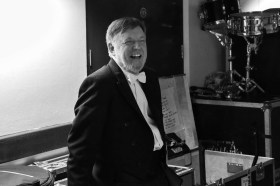Last week the American organisation Culture Track released its 2017 participation report. In June this year, the Australia Council for the Arts published its own research on audience engagement, tabling the report Connecting Australians. We thought it might be an interesting exercise to examine them back-to-back.
While the geographic footprint is similar, America’s population is 13 times that of Australia (323.1 million in 2016 compared to 24.13 million). However the survey samples were a little closer: Culture Track surveyed 4,035 respondents nationally, while Connecting Australians represents a national sample of 7,537.





